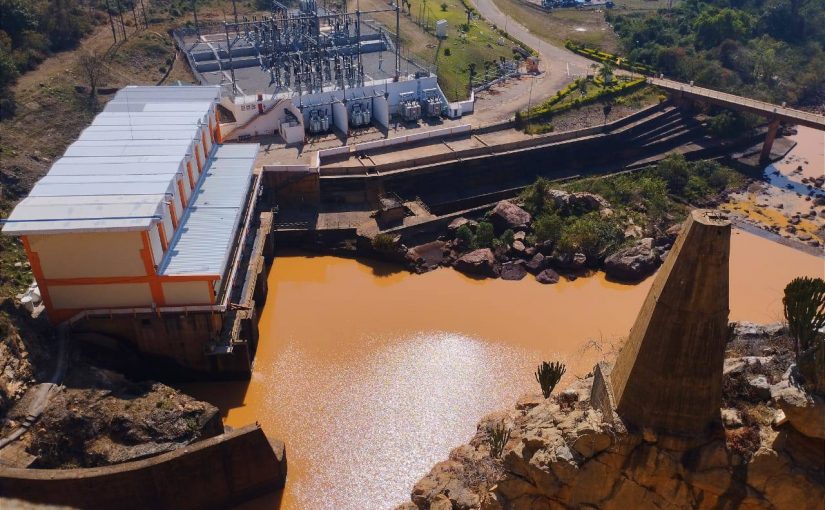Mozambique: Tete government and Mphanda Nkuwa meet over community development project launch
Mozambique: Chicamba dam forced to reduce electricity generation due to pollution

Photo: Conselho dos Serviços Provinciais de Representação do Estado em Manica ·
The publicly-owned electricity company, EDM, has announced that the Chicamba Hydroelectric Power Station, in the central Mozambican province of Manica, has reduced its electricity generation capacity from 44 to 20 megawatts because of the pollution of the dam reservoir.
The announcement – which was made during the working visit of the Secretary of State for Manica Province, Lourenço Lindonde, to Chicamba on Saturday – follows the temporary suspension of mining activities after denunciations from the local population, who have been complaining about environmental pollution, notably contamination of the rivers caused by artisanal mining.
The pollution is also affecting important sources of drinking water such as the Revue river and the Chicamba reservoir, causing serious public health problems.
The situation is already having a negative impact on the electricity supply. Faced with this problem, EDM has been forced to carry out weekly maintenance on the turbines, which has led to restrictions in the energy supply.
However, the Central Regional Water Board (AdRC), which is responsible for water distribution in Manica, claims that despite the coloring caused by pollution from rivers flowing into the Chicamba reservoir, the water is drinkable and poses no danger to public health.
According to AdRC technician, Merito Mariano Ofinar, although the water is cloudy, it has been properly treated and is safe for human consumption. “It poses no danger because what matters most is not its colour. It is important for people to know that the water has been treated and is safe to drink. It meets acceptable standards and does not pose a threat to human life”, he said.
He mentioned that there are sufficient amounts of chemicals for water treatment to ensure the safety of the public. “The water supplied to the population is treated every hour”, said Ofinar.
For his turn, Lindonde called on communities to be “aware of the wave of misinformation. It is true that the water coming out of the dam is not yet drinkable. But after being treated by AdRC, it can be consumed without any danger.”












Leave a Reply
Be the First to Comment!
You must be logged in to post a comment.
You must be logged in to post a comment.